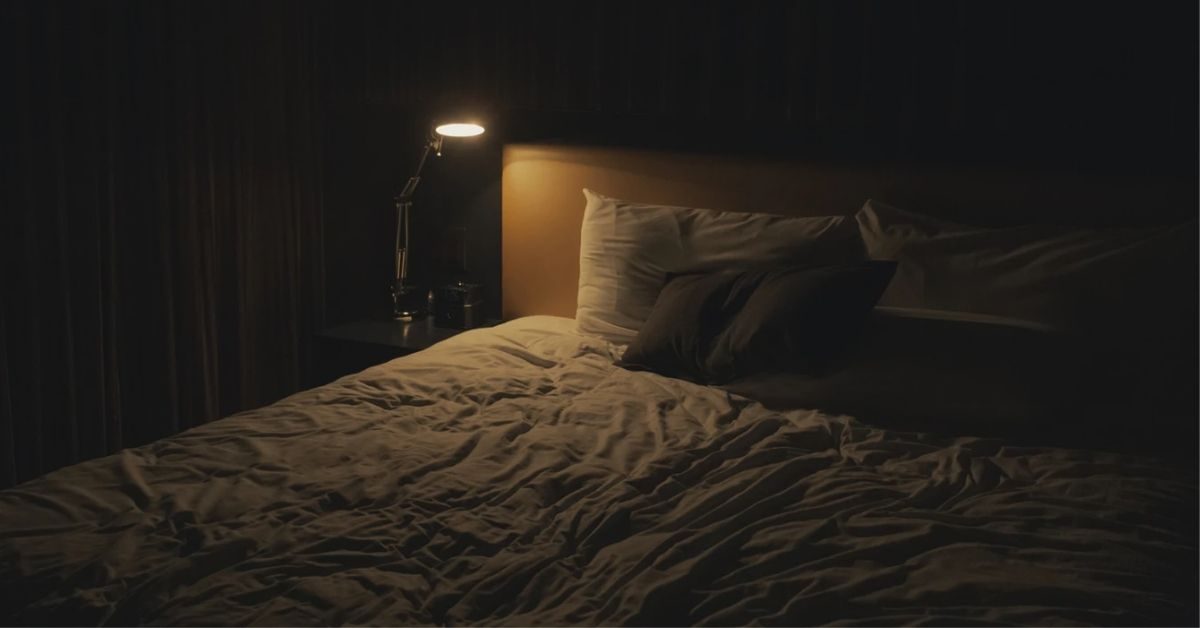Heard about the military method for sleep but not quite sure how it works?
If you’ve spent more time trying to fall asleep than actually sleeping, the military method for sleep may finally be your solution to improve your sleep quality.
There are plenty of articles that recommend trying it but you need to know the actual steps so you can fall into a deep sleep quickly.
Read on to learn exactly how to use this method for fast, restful sleep, and why it works for so many people like you.
Background on the Military Method

Plenty of sleep experts have espoused the dangers of a lack of sleep. It can lead to heart disease, obesity, diabetes, a sleep disorder like obstructive sleep apnea, and a host of other health issues.
In the short term, poor sleep quality can lead to daytime sleepiness, amplified impulsivity, and bad decision-making. This is a combo that can prove to be extremely dangerous, especially in a combat situation. For military personnel, poor decisions can lead to tragedy.
It’s unclear what the specific origins of this method are. Some say that it goes all the way back to World War II Navy Pre-Flight Academy training for fighter pilots.
Others cite a 1981 book titled Relax and Win: Championship Performance by Lloyd Winter where he describes a relaxation method to prevent mistakes resulting from sleep deprivation.
Regardless of whether it originated with combat pilots or not, the method employs known relaxation tactics, like breath control and visualization, to help not only the military population relax but the average civilian population too.
How Does the Military Sleep Method Work?
While some people suffer from obstructive sleep apnea or other sleep complaints, it seems like almost everyone has trouble falling asleep at some point or another.
According to sleep experts, one of the main reasons people suffer from sleep onset latency is anxiety.
When you are able to release tension and relax, it not only leads to more healthy sleep behaviors, it also helps you to function better in many areas of your life.
So, the foundation of the military sleep-related policies is just that: relaxation.
How to Prepare Yourself to Use the Military Method for Sleep

While this method is supposed to help combat pilots and soldiers fall asleep during combat exposure with gunfire in the background, your bedroom isn’t a battlefield, hopefully.
Therefore, it should be easier to set yourself up for success. Learn more about how to make your bedroom better for sleeping to optimize your sleep environment and create healthy sleep behaviors.
For starters, with the exception of your bedside light briefly being switched on, a pitch-black room is ideal for falling asleep. You should especially avoid blue light close to bedtime.
If you live in a city or a place where your disturbed sleep is due to sound, pick up some ear plugs.
Once you finally fall asleep, optimal sleep duration is 7-9 hours of sleep per night. One of the most healthy sleep practices is to set a regular bedtime and wake-time. Stick to these times to reduce daytime sleepiness.
Try keeping a sleep diary so you can start to notice some of your sleep patterns. You can record whether you’ve had insufficient sleep duration, poor sleep quality, disturbed sleep, or a great night and start to make some connections with what happened in your day.
If you’re having difficulty with sleep in general, you may want to think about your diet and reevaluate your caffeine consumption. The effects of caffeine could be causing sleep issues.
A proper sleep environment will set you up for success with the military method for sleep.
How Can I Fall Asleep in 2 Minutes? How to Use the Military Method for Sleep

Now that your sleep environment is prepped and ready, you can give the military method for sleep a try.
The actual steps are pretty simple, but if you have ADHD or suffer from anxiety disorders, it may be less effective.
- Sit on the edge of your bed or in a nearby comfortable chair. Silence your phone and set your alarm for the morning. Only your bedside light should be on and ideally, other distractions are removed.
- Focus on your face and relax all the facial muscles and forehead muscles, including your tongue and muscles inside your mouth. You can start out by tensing the muscles in your face as if you are wincing and then feel the sensation as you relax them — similar to progressive muscle relaxation if you’re familiar with that.
- Release the breath with a whoosh sound and drop your shoulders. Allow your hands to drift to the side of your body, relaxing your upper body completely. Let your arms dangle.
- Listen to your breath, inhale and exhale slowly. Exhale and release the muscles in your chest.
- Move down your body and relax the muscles in your legs, thighs, and calves while continuing a slow, steady inhale/exhale breathing pattern.
- After you have scanned and relaxed the muscles in your body, bring your focus back to your mind and imagine a relaxing scene — floating in a boat on a serene lake, swaying in a hammock, laying in the warm grass, and feeling a breeze, etc.
- This process should take about two minutes. Then, when you have a relaxed body, move to your sleeping position (without touching anything besides switching off your light) and you should fall asleep within a few minutes.
If this doesn’t work at first, don’t fret! Be patient. It could take a couple of weeks of practice before you notice sleep improvements. Just keep breathing and picturing that quiet lake and eventually, you’ll get there!
When you try to focus on a calm lake or another relaxing scene, if you find that your mind is still racing, try saying this mantra to yourself in a calming way: “don’t think, don’t think, don’t think”.
Does the Military Sleep Method Work?
Anecdotal evidence shows that it is an effective method to fall asleep quickly. But be patient because it can take a little while for it to work on you.
The US Army reported that 96% of people who practiced these medical policies for 6 weeks reduced the prevalence of sleep issues.
You may want to take a multimethod approach to this. Try combining these breathing exercises with other breathing techniques such as 4-7-8 breathing and box breathing. You can also add aromatherapy essential oils to help you relax, such as lavender and chamomile
In Conclusion
There are lots of other great relaxation techniques to sleep, like the popular approaches of the 4-7-8 breathing method or progressive muscle relaxation.
Breathing techniques have been found to be highly effective in many people, including military personnel. They provide a good alternative to sleep medication or other pharmacologic approaches.
The military method for sleep remains popular among the military population, including those in active combat deployments. They also help regular civilians because of how effective it is at helping you to relax and finally get some good quality sleep.

Welcome to Snoozerville! I’m Dr. Alex Hartley, your guide to the world of restful sleep. With a Ph.D. in Sleep Science and years of experience as a sleep therapist, I’ve dedicated my life to understanding and improving sleep quality. My passion lies in uncovering the mysteries of sleep and sharing practical, science-backed advice to help you achieve the best rest possible. Beyond my academic pursuits, I’m an advocate for mindfulness and relaxation techniques, which I incorporate into my daily routine. At Snoozerville, I aim to transform your nights, combining the latest research with easy-to-implement tips. Whether you’re a chronic insomniac or just looking to improve your sleep hygiene, join me on this journey towards peaceful, rejuvenating sleep.

